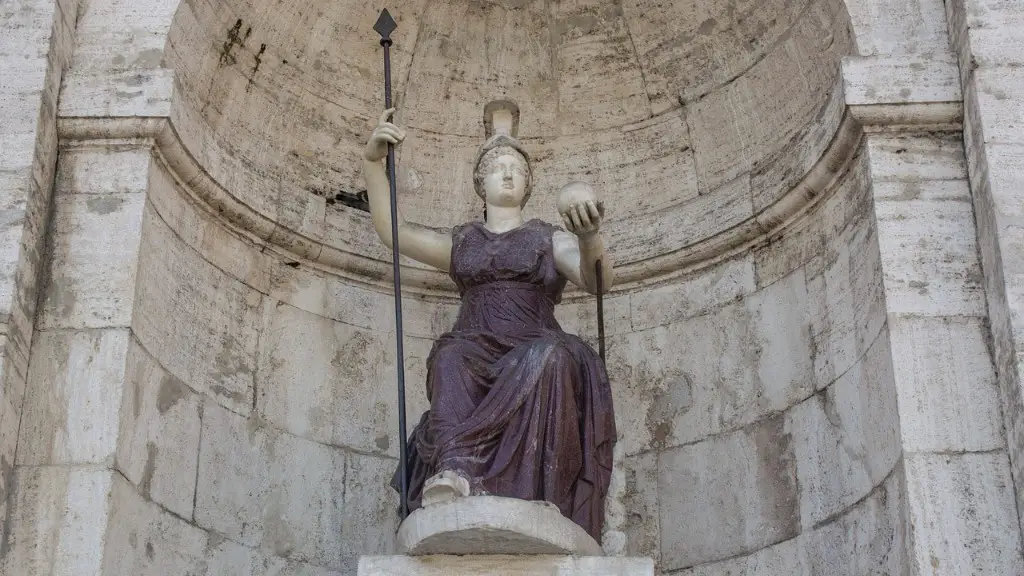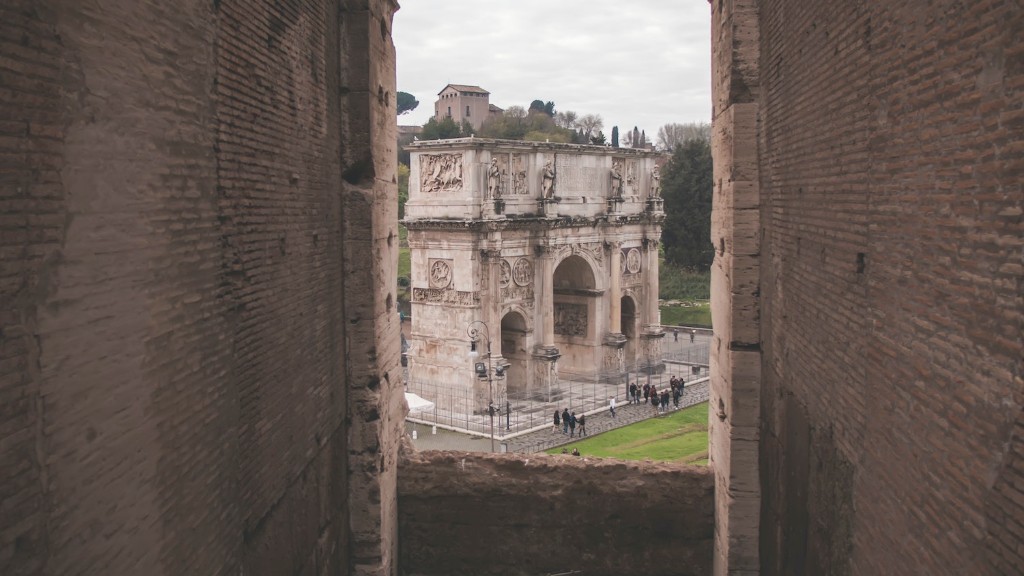In ancient Rome, criminals were typically executed by either being crucified or beheaded. Crucifixion was a slow and painful death, reserved for the worst of criminals. Beheading was a quick death, and was typically carried out by a professional executioner.
The ancient Romans used a variety of methods to execute criminals, including crucifixion, beheading, and burning at the stake.
What were the Roman ways of execution?
The death penalty has always been a controversial topic. Some argue that it is a necessary evil while others believe that it is inhumane and should be abolished. There is no denying that the methods of execution have always been brutal, ranging from being buried alive to impaling and crucifixion. The Romans were especially known for their gruesome methods of torture before putting someone to death. One such punishment was sewing a bound prisoner in a heavy sack with a snake, a rooster, a monkey and a dog, then throwing the sack into the river. Such methods of execution are definitely inhumane and should be stopped.
crucifixion was a mean of execution for many centuries. One of the most famous events, involving mass crucifixions, occurred around 71 BC after a slave uprising led by Spartacus. Contemporary sources tell us that so many men were crucified—about 6,000—that crosses lined the road from Rome to Capua.
What was the most painful execution method
Flaying was a particularly cruel method of execution in the ancient world because it was so slow and painful. The victim was first stripped of their clothes and their hands and feet were bound to prevent any movement. Then, the executioner would use a sharp knife to slowly peel away the victim’s skin, starting with the face and working down the body. The victim would often be still alive during this process and would experience immense pain. In some cases, the victim’s skin would be removed completely and they would be left to die.
The 10 most brutal execution methods in history are truly horrifying. From being burned at the stake to being flayed alive, these methods of execution are sure to send a chill down your spine. While some of these methods may no longer be used today, they are still a reminder of the cruelty that humans are capable of.
How did the Romans crucify their victims?
Crucifixion was a Roman method of punishment in which a person was suspended from a large cross, eventually dying from asphyxiation or exhaustion. It was a long, drawn-out, and painful process.
The primary means of execution in the United States have been hanging, electrocution, the gas chamber, firing squad, and lethal injection. The Supreme Court has never found a method of execution to be unconstitutional, though some methods have been declared unconstitutional by state courts.
Does lethal injection hurt?
Based on the new report from NPR, it appears that lethal injection causes severe pain and severe respiratory distress in the overwhelming majority of cases. This is extremely concerning, as these sensations can cause panic and terror in those who are subjected to them. It is important that we find a more humane way to execute those who have been convicted of crimes, as no one deserves to suffer in such a way.
The study concluded that firing squad was one of the least painful methods of execution, but it assumed that the executions went smoothly. Dr. Jonathan I. say that this may not be the case for all executions by firing squad.
Which form of execution is least painful
Lethal injection is a medical procedure that is used to deliver a deadly dose of drugs to a person in order to cause their death. The drugs used in lethal injection are typically a combination of an anesthetic and a paralytic drug. This procedure is considered to be one of the most painless and humane forms of execution.
George Stinney was only 14 years old when he was accused of murdering two white girls in South Carolina. He was convicted in a trial that lasted less than three hours, and he was executed by electric chair just two months later. His case has been reopened in recent years, and there is new evidence that suggests he may have been innocent.
What is the death penalty method in Iran?
The Islamic Republic of Iran is one of the world’s leading executioners, typically carrying out death sentences by hanging. Iran executed the first prisoner detained during the recent demonstrations last Thursday. So far this year, it has executed over 500 prisoners, the highest number in five years, according to the Oslo-based group Iran Human Rights. Given the current political climate in Iran, it is likely that the number of executions will continue to rise in the coming months. Amnesty International has called on the Iranian authorities to immediately halt all executions and respect the human rights of all detainees.
Saudi Arabia has a criminal justice system based on a form of Shari’ah reflecting a particular state-sanctioned interpretation of Islam. Execution is usually carried out by beheading with a sword and hanging but may occasionally be performed by shooting or firing squad. Saudi Arabia performs public executions.
What are the worst punishments in human history
Severe historical execution methods were often very brutal and inhumane. Some of the more common methods include the breaking wheel, hanging, drawing and quartering, boiling to death, burning at the stake, drowning, starvation, immurement, flaying, disembowelment, crucifixion, impalement, crushing, and execution by elephant. These methods often caused a great deal of suffering and were often slow and painful ways to die.
Crucifixion was a method of execution that was invented by the Persians between the years of 300 and 400 BC. It is considered to be one of the most painful methods of death that has ever been invented by humankind. The English language actually derives the word “excruciating” from crucifixion, in recognition of the slow and painful suffering that it causes. If you were to ever find yourself in a situation where you were to be crucified, know that it would be an unimaginably agonizing experience.
Why did the Romans break the legs of crucified?
The crucifixion was a gruesome and painful death. The feet were nailed to the upright part of the wood and the knees were bent at around 45 degrees. To speed death, executioners would often break the legs of their victims to give no chance of using their thigh muscles as support. The victim would then suffocate as their body weight pulled on their outstretched arms.
It is speculated that when nails were used to fix someone to a cross, they were driven through the victim’s wrists or forearms. The nails were long (approximately 15cm) and square (1cm thick). Once the crossbar was in place, the victim’s feet may have been nailed to either side of the upright or crossed.
Warp Up
The ancient Romans used a number of methods to execute criminals, including crucifixion, drowning, beheading, and burning at the stake.
The Romans had a variety of methods for executing criminals, depending on the seriousness of the crime. For less serious crimes, the criminal might be scourged, or whipped, in public. More serious crimes, such as treason, might be punishable by being burned alive in a public square. The most serious crimes, such as murder, were punishable by being crucified.





